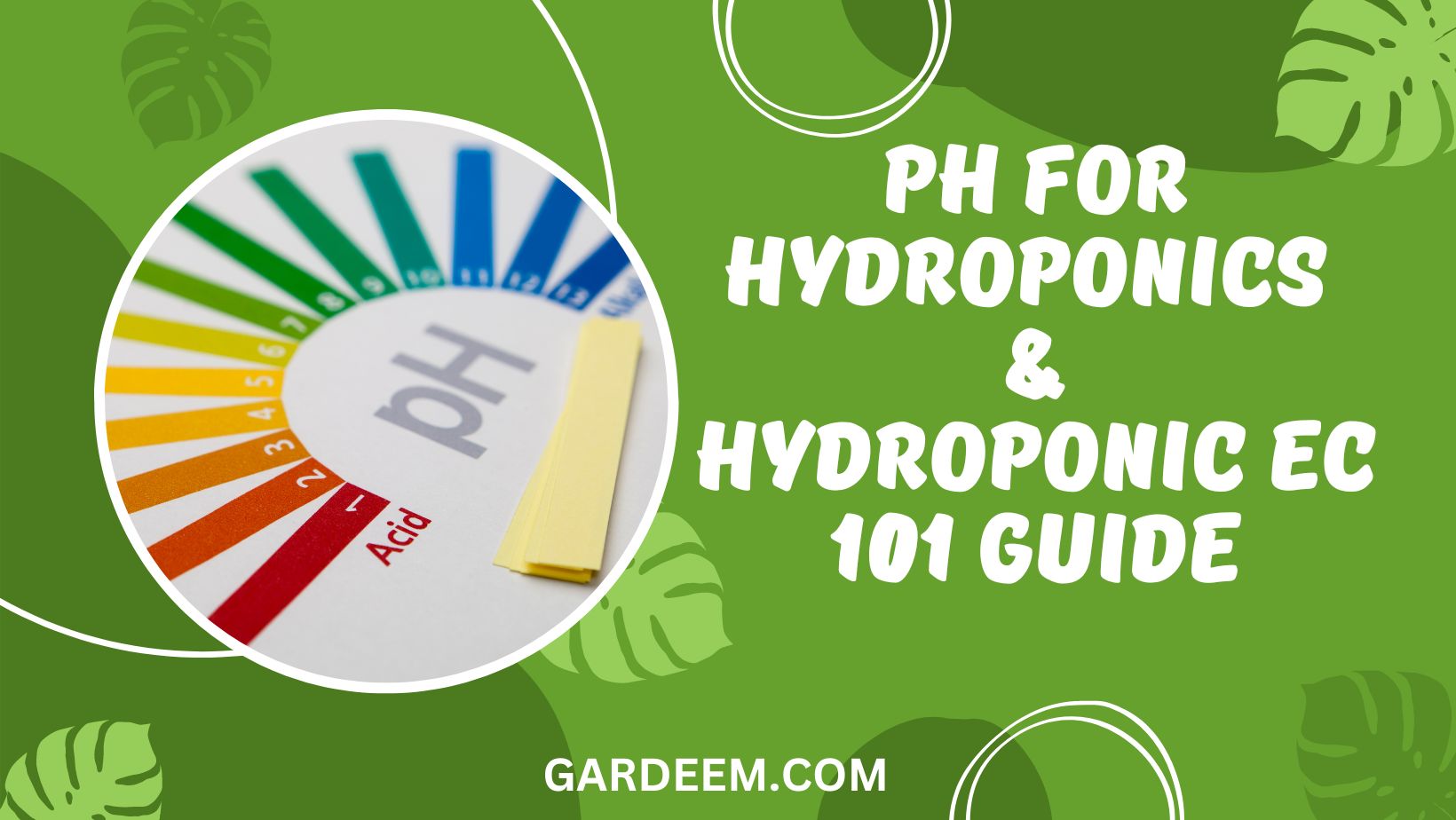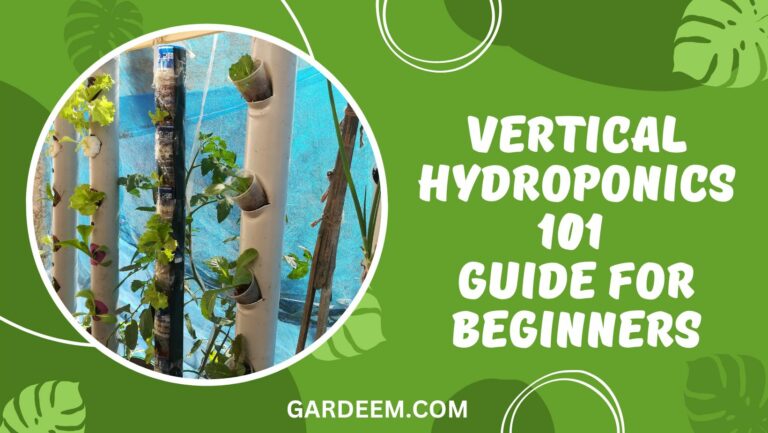
When you first get into hydroponics, there are certain new concepts that you might have to get your head around, like the different systems, nutrients and, of course, pH. I was never much of a chemist at school, and I struggled to understand the whole pH thing.
Once I became familiar with the basic concepts below, it all suddenly clicked into place, and understanding pH for hydroponics wasn’t a huge challenge anymore.
In this beginner’s guide, you will learn about pH, why it’s essential for hydroponics, how to test pH levels and when you should use the test. Let’s get started!
What is pH?
pH stands for “potential of hydrogen” and is a numeric scale to display the hydrogen ion concentration of a solution. The hydrogen ions are made up of two parts – positive (hydrogen – H+) ions and negative (hydroxyl – OH-) ions. More acidic solutions contain more positive ions, while an alkaline/basic solution will contain more negative ions.
That’s enough science for today – everything from now on will be much simpler. On the pH scale, water sits right in the middle and is classed as pH neutral and rated 7.
All solutions that are more acidic than water are given a lower score, and everything more alkaline is given a higher score. For example, vinegar would be lower on the scale than water, while milk would be higher.
Why is pH Important For Hydroponics?
Within hydroponics gardening, the pH level of your system is one of those numbers that should always be at the front of your mind.
Understanding the pH level of your hydroponics system lets you know how soluble the nutrients in the water are, which determines how your plants can take up nutrients.
What is the ideal pH for Hydroponic plants?
Okay, this is one of the concepts I initially found difficult to understand, so I have made it highly non-technical for other beginners…Nutrient availability refers to the pH level of your water in which different nutrients can be absorbed.
Most of the main macronutrients are most easily absorbed at a pH level of between 6.5 and 7.5. At the same time, micro-nutrients, those nutrients needed in smaller quantities, often prefer a slightly more acidic pH of between 5.5 and 6.5. The more advanced your system, the more minor the pH range within your system and the better your plants will grow.
pH Testing
So now you know why pH is essential for hydroponics, it’s time to look at how you test pH levels. The first thing to know is that pH testing should be done regularly – this is known as the testing schedule. For beginners this might be once a day; however, for commercial growers, this might be a constant monitoring process.
As you might have seen in our guide to the best pH meters for hydroponics, There are a number of tools available to help you test the pH of your system.
Litmus Test Strips
Litmus test strips are the cheapest and easiest pH testing solution to use. You simply dip the the strip into your solution, take it out and watch it change colour.
From there, you compare the color of the testing strip to the color chart provided with the testing strips, and you’ll then have an idea of your water’s pH level. The obvious downside is that you never have an exact pH level – only an approximate level based on a visually matching strip to chart.
Liquid Test
Liquid pH testing is a step up from litmus test strips and is more accurate. To use, you take a small sample from your liquid solution and add a few drops of dye into the solution.
It’ll then change color and you can cross-reference this against the color chart. Where this differs from litmus tests is that the colors are much more pronounced, so you’ll have a much better idea.
Digital pH Meter
While digital pH meters were once seen as luxury items only used by commercial growers, they’re now becoming more commonly used by domestic growers partly due to prices coming down, making them a more affordable option.
While the exact usage instructions will differ between units, essentially, you put the probes into your solution, press a button, and you’re given a very precise level within seconds. The only downside to digital pH meters is that they do need to be regularly calibrated but the process doesn’t take long – it is more something to keep in mind.
When Should You Check pH Levels?
The final piece of the puzzle is when should you check pH levels. Typically this should be done after you’ve mixed your hydroponic nutrients, added them to the water and given them sufficient time to cycle through your system.
In this quick guide, we’re going to take at electrical conductivity, which is also referred to as hydroponic EC.
What Is Hydroponic EC?
While we’ve all been brought up to understand that water is an incredibly effective conductor of water but did you know that in its purest form, it’s an excellent insulator? Pure water is a scientific way to say water (or H2O) with no electrical current, molecules or minerals – basically water in the purest form.
Once we start adding other minerals, such as salt, the electrical properties of it begin to change dramatically.
Put another way, the purer the water, the worse the water conducts electricity, but as soon as you start adding minerals, this becomes a very different story.
When you start to add salts to the water, such as those used to feed your plants, then you begin to change the electrical conductivity of the water.
The reason for this is that the salts create positively charged ions and negatively charged anions.
As more and more salts are added to the water, more and more ions and anions are created, further increasing the electrical conductivity.
What Does EC Have To Do With Hydroponics?
Well, quite a lot, actually. Within your system, you’re more than likely to be adding hydroponic nutrients to the water, which will increase the overall hydroponic EC.
You can then use an Electrical Conductivity Meter such as the ones listed below to understand the nutrient levels within the water:
The Bottom Line
So there you have it, our ultimate beginner’s guide to pH for hydroponics. Hopefully, this hasn’t been too technical and has cleared up any questions you might have about pH levels in your system.

Hi, I’m Miles, the lead team member behind Gardeem.com. Besides being a passionate grower and writer, I’m a husband, father and grandfather to three! I started Gardeem in 2017 to provide simple and reliable gardening advice to everyone, regardless of their ability levels.






